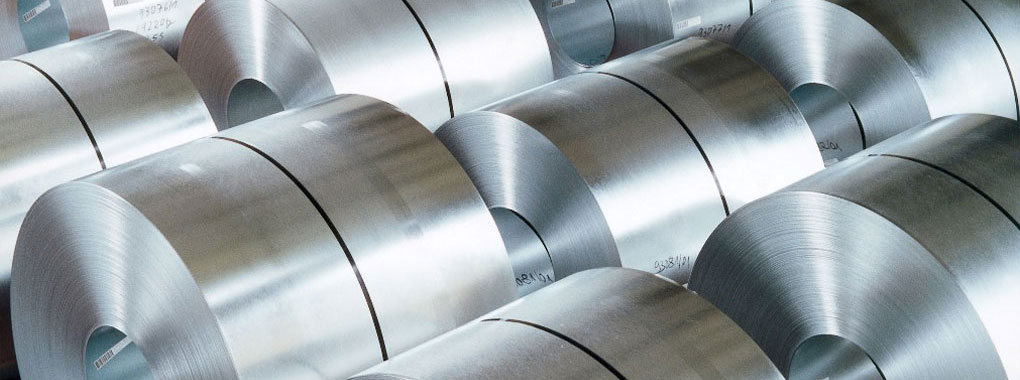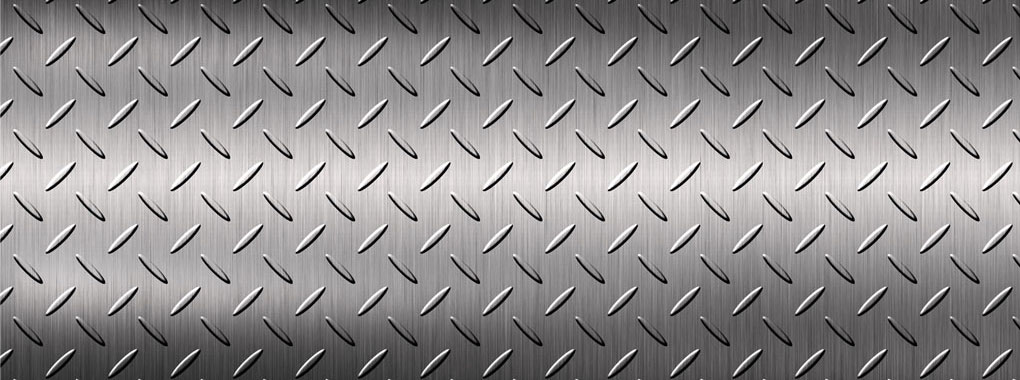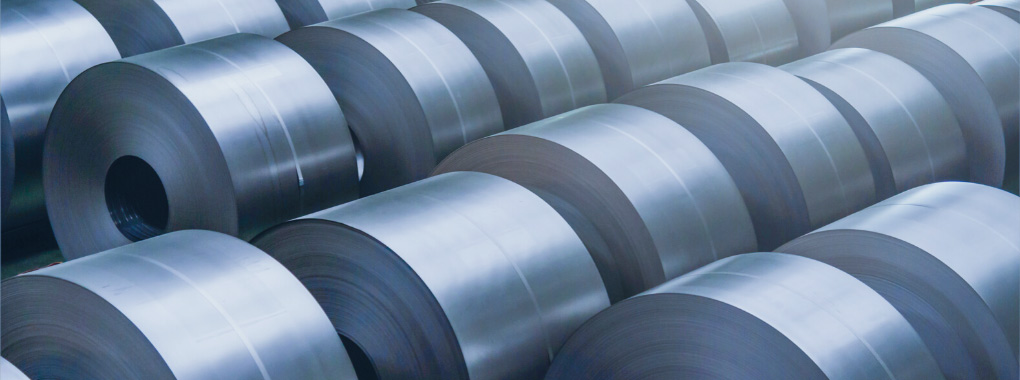Mô tả
1. OVERVIEW OF ALUZINC STEEL COIL
Aluminum-zinc coated steel coil is a metallic product manufactured from cold-rolled base steel, then coated with an aluminum-zinc alloy layer to enhance corrosion resistance and heat resistance. The most common coating composition today consists of approximately 55% aluminum, 43.5% zinc, and 1.5% silicon.
- Aluminum: The large proportion of aluminum forms a durable aluminum oxide layer when exposed to air. This oxide film prevents the penetration of water and corrosive substances.
- Zinc: Provides electrochemical protection for the steel substrate, preventing rust even when the coating is scratched.
- Silicon: Enhances adhesion between the coating and the steel substrate, preventing peeling during fabrication.
The combination of these three elements makes aluminum-zinc coated steel coils last 3–6 times longer than conventional galvanized steel, especially in harsh environments such as coastal areas or high-humidity regions.
2. MANUFACTURING PROCESS OF ALUZINC STEEL COIL
Aluminum-zinc coated steel coils are typically produced using the continuous hot-dip coating technology:
- Base steel preparation: Cold-rolled steel is thoroughly cleaned with chemicals and heat treatment to remove dust, oil, and oxides.
- Hot-dip coating: The steel coil is dipped into a molten aluminum-zinc alloy bath at about 600°C.
- Rapid cooling and leveling: After leaving the bath, the steel coil is rapidly cooled with cold gas and leveled to meet technical requirements.
Quality inspection and packaging: The final product is tested for coating thickness, adhesion, and mechanical properties before delivery.
3. FEATURES OF ALUZINC STEEL COIL
- High corrosion resistance
Compared to conventional galvanized steel, aluminum-zinc coated steel provides much higher corrosion resistance. The aluminum layer acts as a durable physical barrier that resists oxidation over time. According to construction material studies, this type of steel can last up to 30 years under harsh weather conditions. - Excellent heat reflectivity
Thanks to the reflective properties of the aluminum surface, aluminum-zinc coated steel can reflect up to 80% of solar heat. This reduces heat absorption, making it ideal for roofing, warehouses, cold storage facilities, or industrial zones requiring temperature control. - High mechanical strength and easy fabrication
Besides corrosion resistance, aluminum-zinc coated steel retains high tensile strength and hardness, allowing it to be easily bent, cut, or stamped without cracking the coating. This property makes it suitable for complex structures without compromising surface quality.
4. PARAMETER OF ALUZINC STEEL COIL
|
Standard |
JIS / EN / ASTM Standard |
|
Grades |
SGLCC / SGL400 / SGL440 / SGL570 / SGLCD |
|
ASTM A792M CS-A / CS-B / CS-C |
|
|
SS230 / SS255 / SS275 / SS340 / SS550 |
|
|
DX51D / DX52D / DX53D |
|
|
S220GD / S250GD / S280GD / S320GD / S350GD / S550GD |
|
|
Coating |
AZ40-AZ150 |
|
Spangle |
Regular Spangle |
|
Sizes |
Thickness: 0.23mm - 3.0mm Width: 900mm-1250mm |
|
Surface treatment |
Chromate Treatment, Anti-fingerprint |
5. APPLICATION OF ALUZINC STEEL COIL
- In civil and industrial construction
Widely used for roofing sheets, partitions, ceilings, and load-bearing steel frames. Especially indispensable in projects requiring durability and weather resistance such as factories, food processing plants, or seaside housing. - In the electronics and home appliance industry
Due to its durability and ease of processing, aluminum-zinc coated steel is used in electrical cabinets, air conditioner frames, washing machine bodies, microwave ovens, refrigerators, and other household appliances. The protective coating increases product lifespan and reduces corrosion caused by moisture and high temperatures.
In transportation and mechanical engineering
Automotive and heavy vehicle components such as floors, structural frames, and ventilation systems also use aluminum-zinc coated steel thanks to its strength and rust resistance when exposed to water and salt. This is particularly important in urban environments with humid or saline climates.
.png)



-480x320.jpg)

